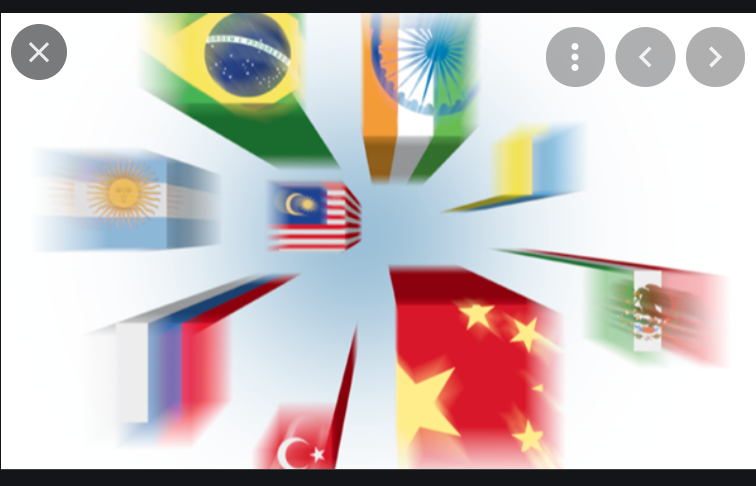With flows into emerging markets totaling an estimated $1.1bn for the month, IIF said increased volatility has generally pushed investors out of their emerging market bets. In December last year, IIF said foreign investment in emerging markets had come to an “abrupt standstill”.
Foreign investment in emerging markets outside China comes to ‘abrupt standstill’
IIF economist Jonathan Fortun said: “We see investors pulling money from emerging markets’ bonds and equities at the fastest pace since March-2021, as anxiety builds over tighter monetary conditions, geopolitical frictions and fears that many economies will not recover quickly enough from the pandemic this year.
“We believe that the outlook is worsened by the Omicron variant and expectations of higher US interest rates. Overall, the first month of the year has seen increased volatility in markets, pushing investors out of EM securities.”
He added: “Markets see China rebounding more quickly than other EMs. Inflation still challenges many policy makers across the EM landscape.
“Consequently, our tracker shows bond flows diminishing, as 18 of 20 major EM central banks have tightened monetary policy.”
Emerging markets outlook: Geopolitical shifts pave way to new global paradigm
In January, non-China emerging market debt saw outflows of around $4.5bn despite positive performance of local currency bonds in many EM countries, while non-China equities also suffered outflows to the tune of $3.2bn.
Flows into China, which totaled around $9bn, were particularly sustained by People’s Bank of China’s easing of monetary policy, the association noted.
On a regional basis, gains were made in Latin America which saw around $6.5bn invested in the region, while EM Asia suffered outflows of $6.2bn.
Headquartered in Washington, IIF is a trade group for the global financial industry.
Dwyfor Evans: Challenges grow for emerging markets as stimulus falls
Dwyfor Evans (Managing Director, Head of APAC Macro Strategy, State Street Global Markets) highlights the multitude of challenges awaiting EM in 2022:
In 2022, the challenges for EM largely center on four factors: policy normalization across developed markets; EM growth divergences; an EM inflation spiral and its policy implications; and the economic policy stance in China.
Flows to EM were strong in the decade following the 2008 financial crisis and further supported by policy stimulus in early 2020. However, EM capital flows have deteriorated since mid-year 2021, which coincides with the June Fed meeting, when US policy tapering prospects were first aired. Much will depend on the path of monetary policy normalization, but robust portfolio inflows to EM in recent years remain vulnerable to a reversal.
The risk here (that is, Fed tightening) is that the combination of higher inflation and policy tightening exerts a cost to future growth. Seldom is higher inflation/lower growth a favorable combination for EM, and this is generally absent across Asian developing economies.
Following a global pattern, inflation still remains an issue for many policymakers across the emerging market landscape while geopolitical tensions brew.
And what of China? Here, hope springs eternal. Our proprietary China macro momentum indicator dipped into negative territory in Q3 2021 on property sector curbs and regulatory crackdowns. However, there are signs of a more accommodative policy stance out of Beijing.
The recent cut in reserve ratios will pump credit and liquidity to the domestic market. The Annual Central Economic Work Conference in early December noted stability, but in the context of counter-cyclical monetary and fiscal policy. This indicates that more policy easing is coming and coordinated easing policies contrast markedly with the tightening efforts from the beginning of 2021. Finally, less restrictive policy in China could be the spur towards solidifying some of the regional growth trends in 2022, which augurs well for Asia as opposed to other EM regions.
One wonders how fast and deep PBoC can ease monetary policy, given still high inflation and credit and real estate bubbles lying in wait to blow up once again? And, if PBoC acts timidly? The entire construction-cum-housing industry can experience the fate of Evergrande.
At the end, it is hard to be very optimistic about EM in 2022, as well. Smart investors seem to have caught wind of ill developments already.
Follow our English language YouTube videos @ REAL TURKEY:
https://www.youtube.com/channel/UCKpFJB4GFiNkhmpVZQ_d9Rg
And content at Twitter: @AtillaEng
